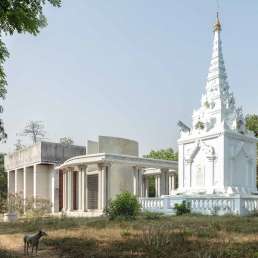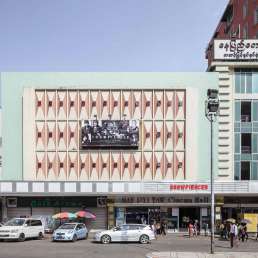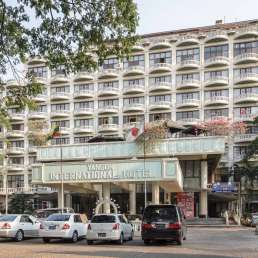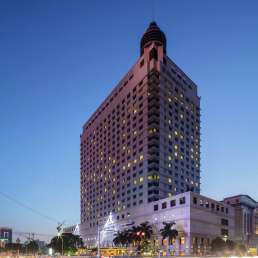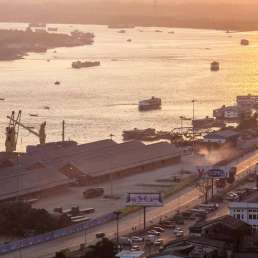Address: 25 Bogyoke Museum Lane
Year built: 1921
Architect: Unknown
The Bogyoke Aung San Residence is a beautiful teak villa dating back to the early 1920s. Today it is a museum commemorating the father of Burmese independence. It is well preserved and a fine example of the houses built by the wealthy in what was then a suburb of Yangon, east of Shwedagon Pagoda. Down the street from the German Embassy, a covered outside stairway leads to the two-storey house, protecting visitors from the torrential monsoon rains that inundate the city for part of the year. The villa features a wide veranda on its front and an elaborate turret on the side, facing the entrance. Upon entering the museum, the visitor arrives in the dining room, adjoined by the reception and living rooms. The bedrooms and library are on the second floor, as is a small Buddhist altar room. The museum displays family memorabilia and photos from Aung San’s short but tumultuous life.
Aung San was born in 1915 in Natmauk, in central Myanmar. He left for Rangoon to study English Literature and History at the University of Rangoon and quickly became a prominent student leader. In 1938, he quit his studies to join the Thakin, a Burmese nationalist group founded in the early 1930s.
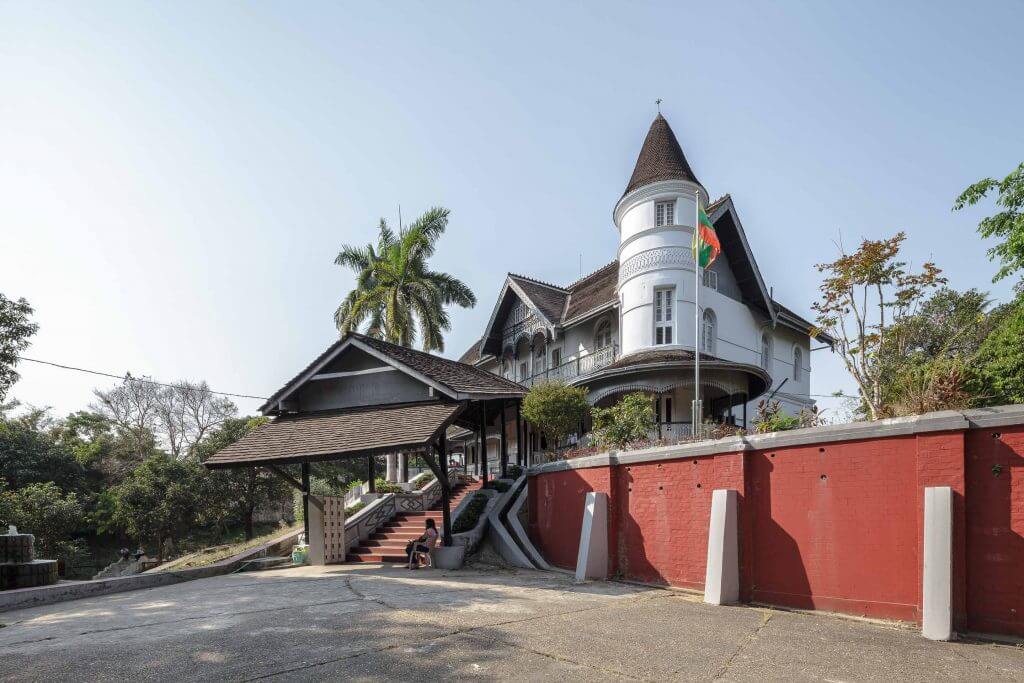
The following nine years of his life are a remarkable tale of cunning, courage and vision. He visited the Indian National Congress Assembly in Rangarh in 1940, where a protest against India’s forced participation in the Second World War galvanised India’s independence movement. While travelling in China in 1940 to seek assistance from Chinese communists, he was picked up (some say, apprehended) by the Japanese authorities and sent to Tokyo. Japan wanted to bankroll the Burmese nationalist movement and rout Britain out of the country, offering military support and assurances of independence. Aung San accepted. Between 1940 and 1941, Aung San and his now legendary “Thirty Comrades” received Japanese training and assistance in Hainan, China. With Japan’s support, they became the Burma National Army, fighting alongside Japanese forces and growing in numbers as they invaded their own country from Thailand. In 1943–44, as the Japanese occupation strained under British counter-incursions, Aung San grew disillusioned with Japan’s military ability, distrustful of their promises and unhappy with their treatment of Burmese forces. In 1944, he turned his back on Japan and threw his lot in with the Allied forces. Aung San’s finest hour was perhaps his visit to London in January 1947, when he negotiated the terms for Burmese independence with British Prime Minister Clement Attlee. But Aung San was never to reap the fruits of his hard work. On 19 July 1947, while he was sitting in the Secretariat with his provisional cabinet and no doubt running over preparations for Burma’s official independence in January 1948, gunmen barged into the room and mowed everyone down with sub-machine guns. The entire cabinet was killed.
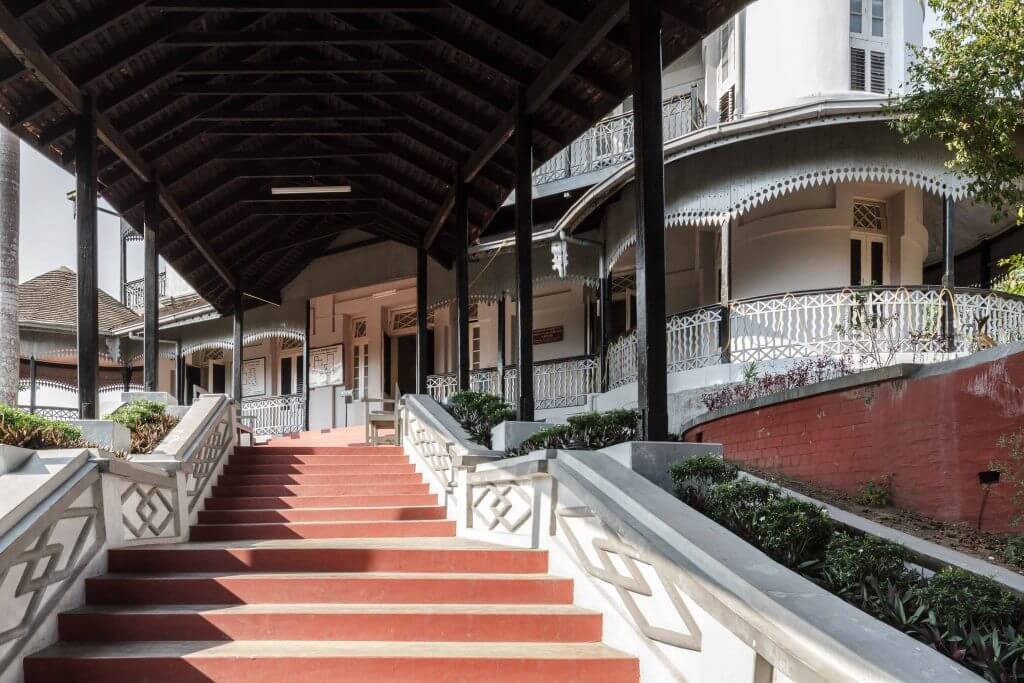
The residence became a museum in 1962, the same year the first Martyrs’ Mausoleum, later bombed, was inaugurated. Military dictator Ne Win, who was one of the “Thirty Comrades” himself, wanted the national narrative to place more emphasis on Aung San’s companions, including his own role. Following the pro-democracy protests co-led by Aung San’s daughter, Nobel Peace Prize laureate Aung San Suu Kyi in 1988, the military junta decided to repress “the cult” of Aung San and neglected the building for years.
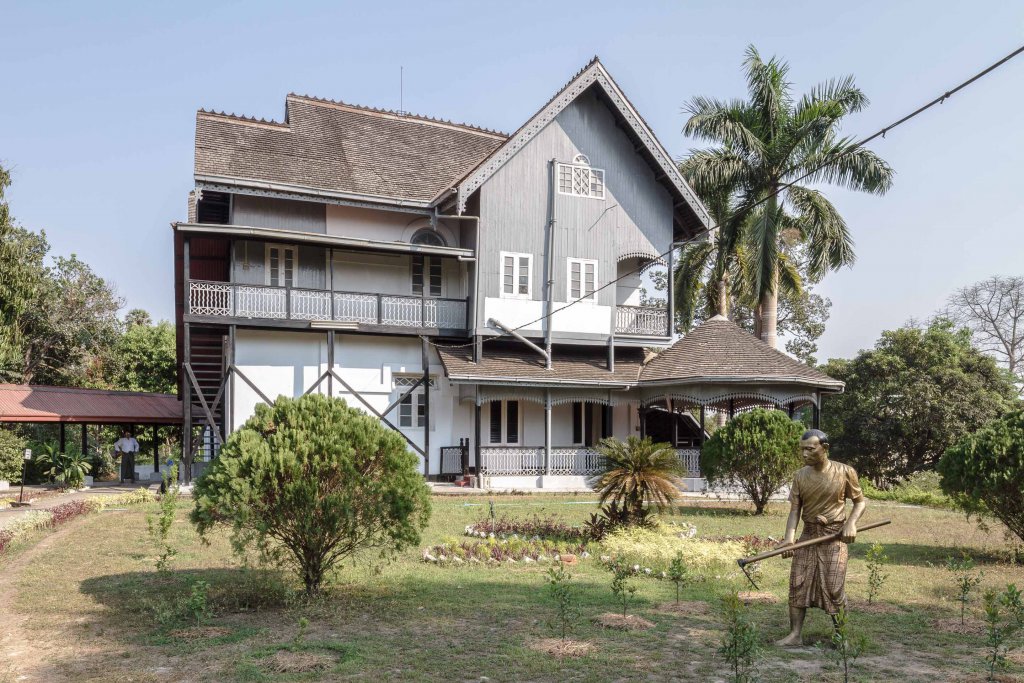
After a major five-year renovation that saw walls strengthened and roofs and stairs repaired, it reopened to the public in 2012. Visitors can again walk freely inside the villa. The grounds feature a statue of Aung San doing gardening work. The small pond is where Aung San Suu Kyi’s older brother drowned in 1953. This tragedy prompted the now-twice bereaved family to move to the famous house on University Avenue. This is where “the Lady” lives, and spent much of her life under house arrest.
